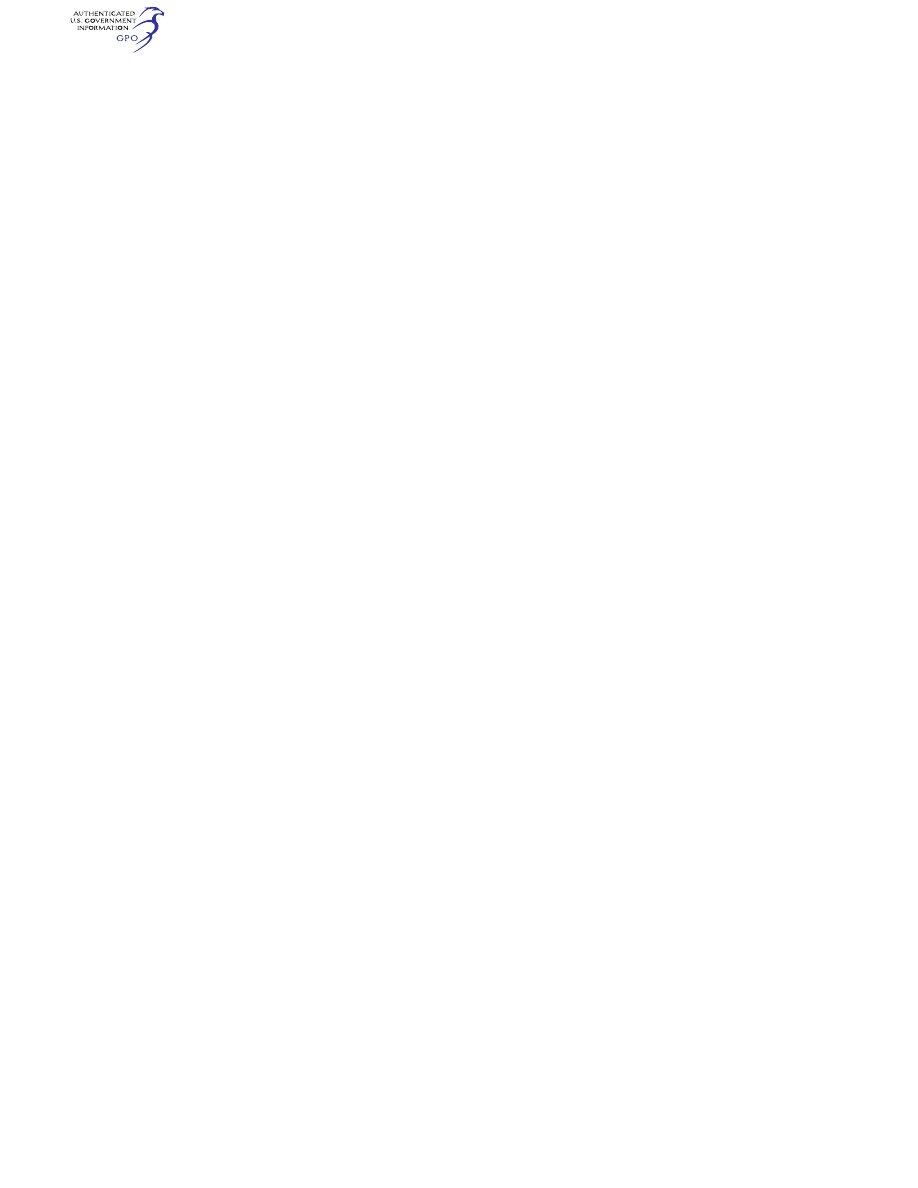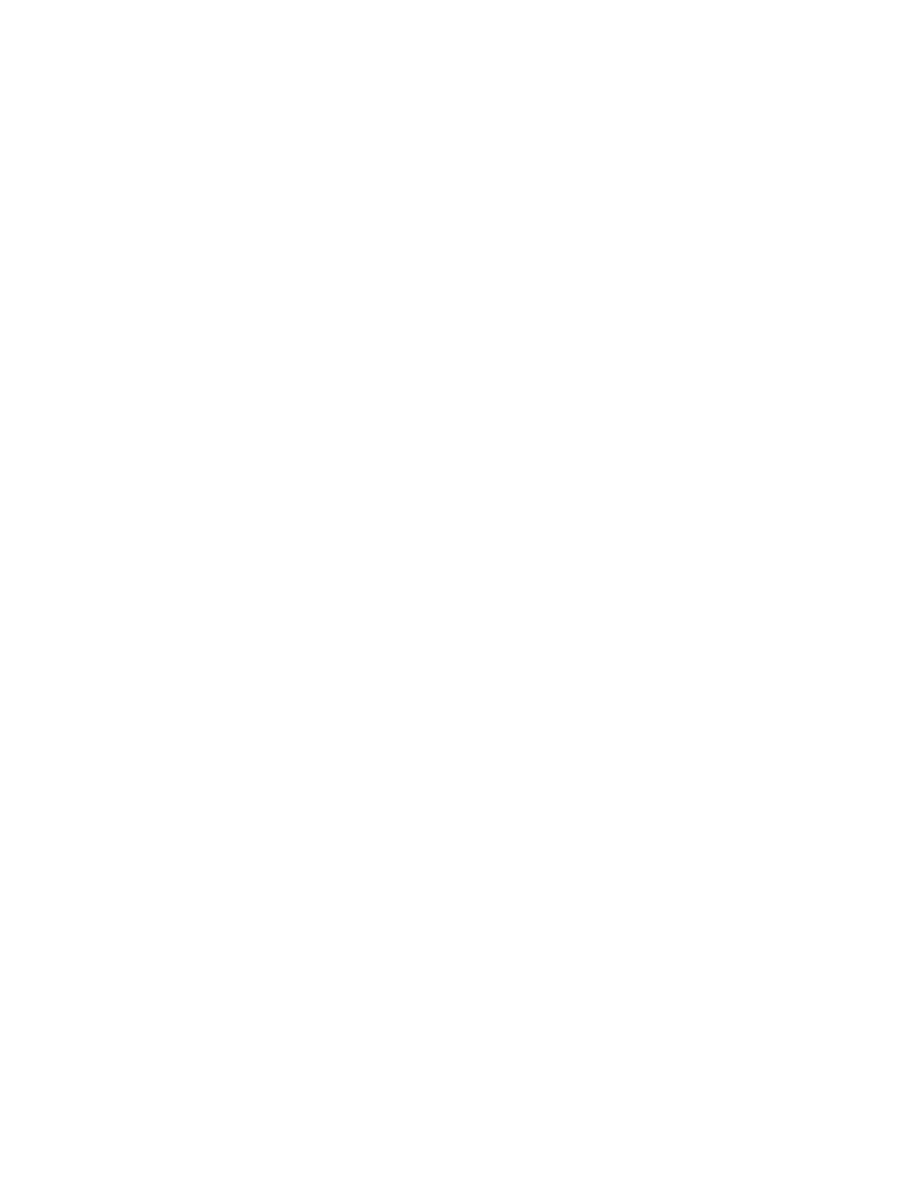
691
Federal Aviation Administration, DOT
§ 31.12
(4) From 100 MHz to 8 GHz, use radiated
susceptibility tests at a minimum of 5 V/m.
[Doc. No. FAA–2006–23657, 72 FR 44028, Aug. 6,
2007]
PART 31—AIRWORTHINESS STAND-
ARDS: MANNED FREE BAL-
LOONS
Subpart A—General
Sec.
31.1
Applicability.
Subpart B—Flight Requirements
31.12
Proof of compliance.
31.14
Weight limits.
31.16
Empty weight.
31.17
Performance: Climb.
31.19
Performance: Uncontrolled descent.
31.20
Controllability.
Subpart C—Strength Requirements
31.21
Loads.
31.23
Flight load factor.
31.25
Factor of safety.
31.27
Strength.
Subpart D—Design Construction
31.31
General.
31.33
Materials.
31.35
Fabrication methods.
31.37
Fastenings.
31.39
Protection.
31.41
Inspection provisions.
31.43
Fitting factor.
31.45
Fuel cells.
31.46
Pressurized fuel systems.
31.47
Burners.
31.49
Control systems.
31.51
Ballast.
31.53
Drag rope.
31.55
Deflation means.
31.57
Rip cords.
31.59
Trapeze, basket, or other means pro-
vided for occupants.
31.61
Static discharge.
31.63
Safety belts.
31.65
Position lights.
Subpart E—Equipment
31.71
Function and installation.
Subpart F—Operating Limitations and
Information
31.81
General.
31.82
Instructions for Continued Airworthi-
ness.
31.83
Conspicuity.
31.85
Required basic equipment.
A
PPENDIX
A
TO
P
ART
31—I
NSTRUCTIONS FOR
C
ONTINUED
A
IRWORTHINESS
A
UTHORITY
: 49 U.S.C. 106(g), 40113, 44701–
44702, 44704.
S
OURCE
: Docket No. 1437, 29 FR 8258, July 1,
1964, as amended by Amdt. 31–1, 29 FR 14563,
Oct. 24, 1964, unless otherwise noted.
Subpart A—General
§ 31.1
Applicability.
(a) This part prescribes airworthiness
standards for the issue of type certifi-
cates and changes to those certificates,
for manned free balloons.
(b) Each person who applies under
Part 21 for such a certificate or change
must show compliance with the appli-
cable requirements of this part.
(c) For purposes of this part—
(1) A captive gas balloon is a balloon
that derives its lift from a captive
lighter-than-air gas;
(2) A hot air balloon is a balloon that
derives its lift from heated air;
(3) The envelope is the enclosure in
which the lifting means is contained;
(4) The basket is the container, sus-
pended beneath the envelope, for the
balloon occupants;
(5) The trapeze is a harness or is a
seat consisting of a horizontal bar or
platform suspended beneath the enve-
lope for the balloon occupants; and
(6) The design maximum weight is
the maximum total weight of the bal-
loon, less the lifting gas or air.
[Doc. No. 1437, 29 FR 8258, July 1, 1964, as
amended by Amdt. 31–3, 41 FR 55474, Dec. 20,
1976]
Subpart B—Flight Requirements
§ 31.12
Proof of compliance.
(a) Each requirement of this subpart
must be met at each weight within the
range of loading conditions for which
certification is requested. This must be
shown by—
(1) Tests upon a balloon of the type
for which certification is requested or
by calculations based on, and equal in
accuracy to, the results of testing; and
(2) Systematic investigation of each
weight if compliance cannot be reason-
ably inferred from the weights inves-
tigated.
VerDate Sep<11>2014
09:06 Jun 28, 2024
Jkt 262046
PO 00000
Frm 00701
Fmt 8010
Sfmt 8010
Y:\SGML\262046.XXX
262046
jspears on DSK121TN23PROD with CFR

692
14 CFR Ch. I (1–1–24 Edition)
§ 31.14
(b) Except as provided in § 31.17(b), al-
lowable weight tolerances during flight
testing are + 5 percent and
¥
10 per-
cent.
[Amdt. 31–4, 45 FR 60179, Sept. 11, 1980]
§ 31.14
Weight limits.
(a) The range of weights over which
the balloon may be safely operated
must be established.
(b)
Maximum weight. The maximum
weight is the highest weight at which
compliance with each applicable re-
quirement of this part is shown. The
maximum weight must be established
so that it is not more than—
(1) The highest weight selected by
the applicant;
(2) The design maximum weight
which is the highest weight at which
compliance with each applicable struc-
tural loading condition of this part is
shown; or
(3) The highest weight at which com-
pliance with each applicable flight re-
quirement of this part is shown.
(c) The information established under
paragraphs (a) and (b) of this section
must be made available to the pilot in
accordance with § 31.81.
[Amdt. 31–3, 41 FR 55474, Dec. 20, 1976]
§ 31.16
Empty weight.
The empty weight must be deter-
mined by weighing the balloon with in-
stalled equipment but without lifting
gas or heater fuel.
[Amdt. 31–4, 45 FR 60179, Sept. 11, 1980]
§ 31.17
Performance: Climb.
(a) Each balloon must be capable of
climbing at least 300 feet in the first
minute after takeoff with a steady rate
of climb. Compliance with the require-
ments of this section must be shown at
each altitude and ambient temperature
for which approval is sought.
(b) Compliance with the require-
ments of paragraph (a) of this section
must be shown at the maximum weight
with a weight tolerance of + 5 percent.
[Amdt. 31–4, 45 FR 60179, Sept. 11, 1980]
§ 31.19
Performance: Uncontrolled de-
scent.
(a) The following must be determined
for the most critical uncontrolled de-
scent that can result from any single
failure of the heater assembly, fuel cell
system, gas value system, or maneu-
vering vent system, or from any single
tear in the balloon envelope between
tear stoppers:
(1) The maximum vertical velocity
attained.
(2) The altitude loss from the point of
failure to the point at which maximum
vertical velocity is attained.
(3) The altitude required to achieve
level flight after corrective action is
inititated, with the balloon descending
at the maximum vertical velocity de-
termined in paragraph (a)(1) of this sec-
tion.
(b) Procedures must be established
for landing at the maximum vertical
velocity determined in paragraph (a)(1)
of this section and for arresting that
descent rate in accordance with para-
graph (a)(3) of this section.
[Amdt. 31–4, 45 FR 60179, Sept. 11, 1980]
§ 31.20
Controllability.
The applicant must show that the
balloon is safely controllable and ma-
neuverable during takeoff, ascent, de-
scent, and landing without requiring
exceptional piloting skill.
[Amdt. 31–3, 41 FR 55474, Dec. 20, 1976]
Subpart C—Strength Requirements
§ 31.21
Loads.
Strength requirements are specified
in terms of limit loads, that are the
maximum load to be expected in serv-
ice, and ultimate loads, that are limit
loads multiplied by prescribed factors
of safety. Unless otherwise specified,
all prescribed loads are limit loads.
§ 31.23
Flight load factor.
In determining limit load, the limit
flight load factor must be at least 1.4.
§ 31.25
Factor of safety.
(a) Except as specified in paragraphs
(b) and (c) of this section, the factor of
safety is 1.5.
(b) A factor of safety of at least five
must be used in envelope design. A re-
duced factor of safety of at least two
may be used if it is shown that the se-
lected factor will preclude failure due
to creep or instantaneous rupture from
VerDate Sep<11>2014
09:06 Jun 28, 2024
Jkt 262046
PO 00000
Frm 00702
Fmt 8010
Sfmt 8010
Y:\SGML\262046.XXX
262046
jspears on DSK121TN23PROD with CFR

